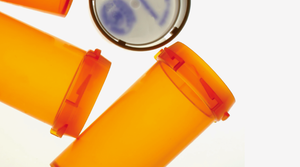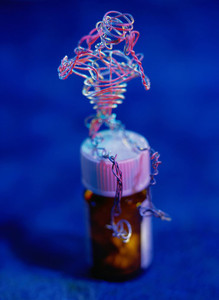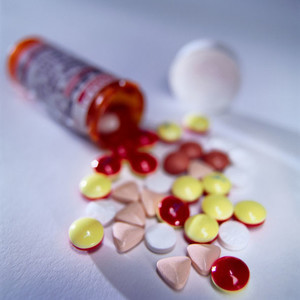Prescription drug spending in the US reached US$307 billion in 2010–an increase of US$135 billion since 2001–and comprised approximately 12% of all healthcare spending in the country, according to a report published on 31 January 2012 by the US Government Accountability Office (GAO).
Generics reach 80% and play a critical role in reducing costs
Generics/General
|
Posted 16/03/2012
 0
Post your comment
0
Post your comment

Until the early 2000s, drug spending was one of the fastest growing parts of healthcare spending. However, since that time, the increased use of generics has contributed to a decrease in the rate of growth of healthcare spending each year.
On average, the retail price of a generic drug in the US is now 75% lower than the retail price of a brand-name drug, the GAO report says.
The report gives credit to the Hatch-Waxman Act for playing an important part in increasing the use of generic drugs by facilitating earlier, and less costly, market entry of generic drugs, while still protecting the patent rights of brand-name drug manufacturers.
When Hatch-Waxman was enacted in 1984, the use of generics in the US was approximately 19%, according to the GAO report. Today, generics fill 80% of prescriptions, while consuming just 26% of drug spending, see Figure 1, and this is expected to grow further over the next years as more blockbuster drugs come off patent.
Figure 1: Market share of generic medicinesby volumein the US, 2006–11
Source: IMS Health
In 2012, Sanofi and Bristol-Myers Squibb’s blood-thinner Plavix (clopidogrel bisulfate) and Takeda Pharmaceuticals’ diabetes drug Actos (pioglitazone hydrochloride) are just two of the blockbusters expected to lose patent protection opening up the market for generics [1].
Generics are now saving consumers and the US healthcare system US$3 billion every week and have saved the US nearly US$1 trillion between 1999 and 2010.
Generics makers applaud report
The US Generic Pharmaceutical Association (GPhA) commended the report for highlighting the vital role of generic medications in reducing US healthcare spending.
Mr Ralph G Neas, President and CEO of GPhA said, ‘We have long maintained that the greater use of generic medicines is an integral part of the solution in reducing costs and ensuring the stability of the US health care system and the national economy’, adding that ‘Hatch-Waxman has been a resounding success in achieving its stated goal of generating savings while preserving incentives to innovation’.
Related article
Generics market to experience strong growth in 2010–2017
Reference
1. GaBI Online - Generics and Biosimilars Initiative. 2012’s biggest patent expiries [www.gabionline.net]. Mol, Belgium: Pro Pharma Communications International; [cited 2012 Mar 16]. Available from: www.gabionline.net/Policies-Legislation/2012-s-biggest-patent-expiries
Source: GAO, GPhA
Research
Japan’s drug shortage crisis: challenges and policy solutions
Saudi FDA drug approvals and GMP inspections: trend analysis
EMA launches European shortages monitoring platform to tackle persistent medicine shortages

Generics/General Posted 03/12/2024
FDA releases one-year progress report for the Generic Drug Cluster

Generics/General Posted 28/10/2022
The best selling biotechnology drugs of 2008: the next biosimilars targets









Post your comment